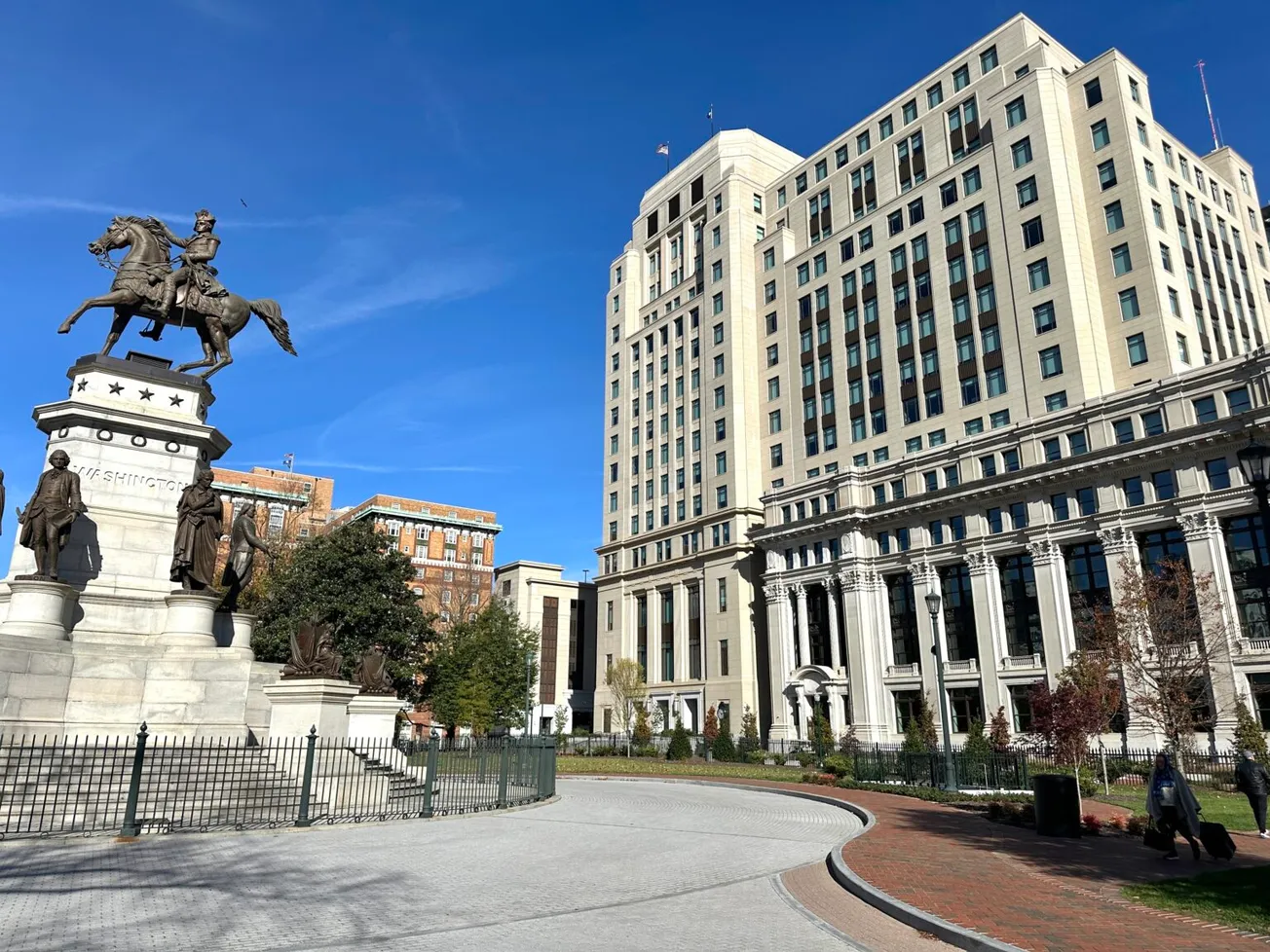Energy demands, regulations and federal funding challenge Virginia Clean Economy Act
Five years into the landmark legislation, the state continues to debate how to meet the growing energy needs without sending utility bills soaring

Five years into the landmark legislation, the state continues to debate how to meet the growing energy needs without sending utility bills soaring
